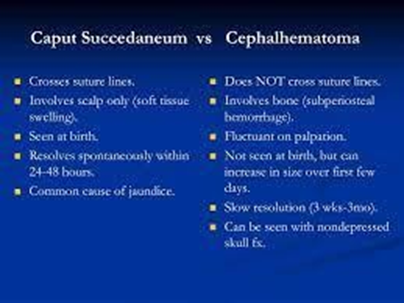A newly delivered mother who intends to breastfeed tells her nurse, "I am so relieved that this pregnancy is over so that I can start smoking again." The nurse encourages the client to refrain from smoking. However, this new mother is insistent that she will resume smoking. How will the nurse adapt her health teaching with this new information?
The mother should always smoke in another room.
The effects of secondhand smoke on infants are less significant than for adults.
No relationship exists between smoking and the time of feedings.
Smoking has little-to-no effect on milk production.
The Correct Answer is A
A. Encouraging the mother to smoke in another room helps reduce the exposure of the newborn to secondhand smoke.
B. The effects of secondhand smoke on infants are significant and can increase the risk of respiratory infections, sudden infant death syndrome (SIDS), and other health issues.
C. There is a clear relationship between smoking and breastfeeding, and smoking during breastfeeding should be minimized.
D. Smoking can affect milk production and composition, and it is advisable for breastfeeding mothers to quit smoking.
Nursing Test Bank
Naxlex Comprehensive Predictor Exams
Related Questions
Correct Answer is B
Explanation
A. A cephalhematoma is a collection of blood under the periosteum that does not cross the suture lines and can take weeks to resolve.
B. Caput succedaneum occurs due to compression of blood vessels during delivery, resulting in edema and bruising of the scalp. It crosses the suture lines and usually resolves within a few days and does not cause any complications.
C. Erythema toxicum is a rash that is unrelated to head swelling.
D. Mongolian spots are blue-gray patches on the skin, not associated with head swelling.

Correct Answer is B
Explanation
A. This is not appropriate for the taking-in stage, as the woman may not be ready to absorb new information or focus on self-care. She may need more verbal instruction and demonstration from the nurse.
B. The taking-in stage is a period of passive, dependent behavior in which the woman reviews her childbirth experience and adjusts to the new role of motherhood. She may need to talk about her labor and delivery repeatedly and seek reassurance from others. The nurse should listen attentively and validate her feelings.
C. This is more suitable for the taking-hold stage, which occurs after the taking-in stage. In this stage, the woman becomes more active and independent, and shows interest in learning how to care for herself and her baby.
D. This is also more appropriate for the taking-hold stage, when the woman develops confidence and competence in her maternal role. In the taking-in stage, she may be more focused on her own needs and rely on others to care for the baby.
Whether you are a student looking to ace your exams or a practicing nurse seeking to enhance your expertise , our nursing education contents will empower you with the confidence and competence to make a difference in the lives of patients and become a respected leader in the healthcare field.
Visit Naxlex, invest in your future and unlock endless possibilities with our unparalleled nursing education contents today
Report Wrong Answer on the Current Question
Do you disagree with the answer? If yes, what is your expected answer? Explain.
Kindly be descriptive with the issue you are facing.
